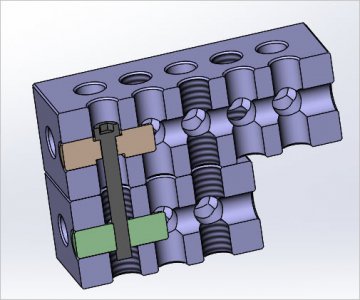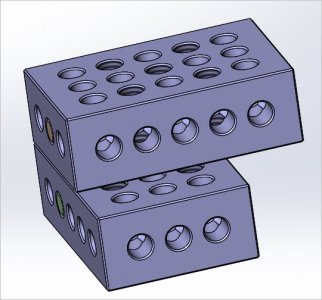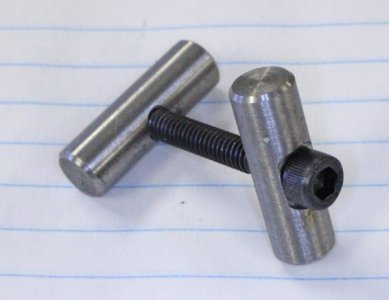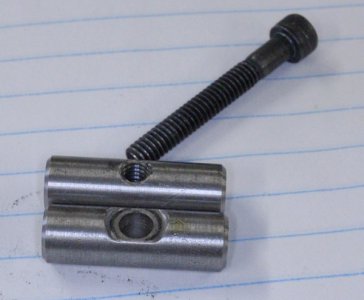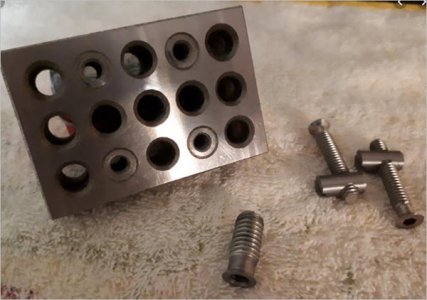Actually, the Renzetti blocks are a superior design and far more functional than the traditional blocks but unfortunately, they are not commercially available. Making our own blocks would require one to have access to a mill, heat treating facilities, and a surface grinder which is not feasible for most of of us.
The Asian block are what they are. My blocks were only a few dollars each and, IMO, a great bargain. My solution allows all holes to be used and for a couple of pennies per block and some lathe time, a great way to increase the utility of a 1-2-3 block.

